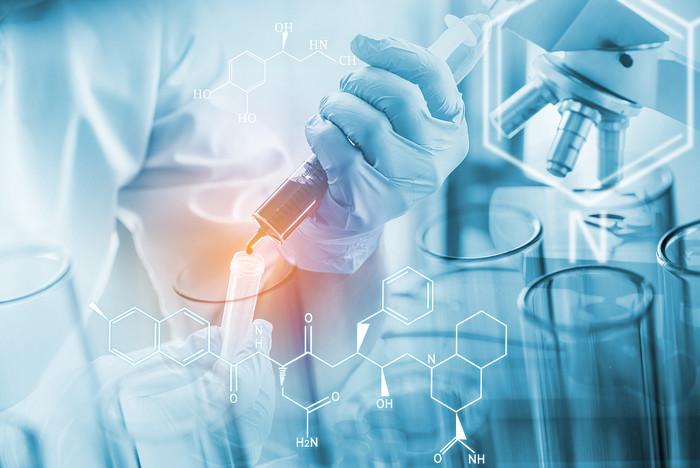Phospholipid physiology
Time:2024-01-16
The physiology of phospholipids is closely tied to their roles in cellular structures, functions, and various physiological processes.Here are key aspects of phospholipid physiology:
Cell Membrane Structure and Function:
Phospholipids are integral components of cell membranes.The lipid bilayer formed by phospholipids provides structural integrity to cell membranes, creating a semi-permeable barrier that separates the internal environment of the cell from the external environment. This barrier is crucial for maintaining cell shape, protecting the cell's contents, and regulating the passage of molecules in and out of the cell.
Membrane Fluidity:
The composition of phospholipids in cell membranes influences membrane fluidity.Saturated fatty acids in phospholipid tails contribute to membrane rigidity, while unsaturated fatty acids introduce kinks, promoting membrane fluidity.Cells can regulate membrane fluidity to adapt to changes in temperature and other environmental conditions.
Cell Signaling:
Phospholipids play a central role in cell signaling.For example, phosphatidylinositol (PI) is a precursor for signaling molecules like inositol triphosphate (IP3) and diacylglycerol (DAG), which are involved in intracellular signaling pathways. Phospholipids contribute to the formation of lipid rafts, specialized membrane microdomains that facilitate cell signaling processes.
Intracellular Transport:
Phospholipids are involved in intracellular transport through the formation of vesicles. Membrane-bound vesicles, containing specific phospholipids, transport substances within the cell and between different cellular compartments, such as the endoplasmic reticulum and Golgi apparatus.
Energy Storage and Metabolism:
Phospholipids serve as a reservoir for fatty acids, which can be released during times of energy demand.Cells can mobilize these fatty acids for energy production through processes like beta-oxidation.Additionally, phospholipid metabolism contributes to the synthesis of other bioactive lipids and participates in overall cellular energy metabolism.
Lung Surfactant:
In the lungs, phospholipids, particularly phosphatidylcholine, are essential components of pulmonary surfactant.This mixture of lipids reduces surface tension in the alveoli, preventing their collapse during exhalation and facilitating efficient gas exchange.
Hormone Synthesis:
Phospholipids, specifically cholesterol, serve as precursors for the synthesis of steroid hormones. Cholesterol is converted into hormones like estrogen, testosterone, and cortisol, which play crucial roles in various physiological processes, including reproduction and stress response.
Cellular Identity and Recognition:
Certain phospholipids, like glycolipids, contribute to cellular identity and recognition.Glycolipids with attached carbohydrate chains are involved in immune responses, cell adhesion, and tissue development.
Apoptosis (Programmed Cell Death):
Phosphatidylserine, a type of phospholipid, plays a role in apoptosis.During programmed cell death, phosphatidylserine is translocated from the inner to the outer leaflet of the cell membrane, signaling to phagocytes to engulf and remove the dying cell.
Understanding the physiological roles of phospholipids is essential for comprehending the broader functions of these molecules in maintaining cellular homeostasis and supporting various biological processes in living organisms.


 CN
CN





